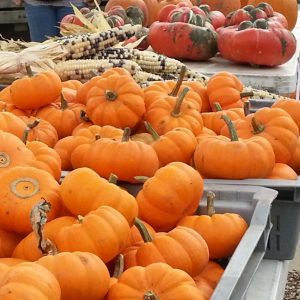
As the temperature drops, I have gotten thinking about the autumn holiday that gets young children and wild college students all worked up: Halloween. Even growing up, I never was that into planning weeks in advance and spending loads of money on a scary, funny, or clever costume. Sure I enjoyed seeing how my friends chose to represent themselves on this self-expressive night, but the whole tradition never really got me going.Yet the tradition lingers on; folks spend money on costumes they wear once, going to horror movies, haunted houses and creepy corn mazes. They spend time and money just to get the pants scared off of them.
All this hubbub, of course, just made me think about the source. And it’s obvious. Everyone gets excited, gets frenzied all over one thing: fear. Fear is the essence of Halloween. It lingers at the root of the entire holiday. And for some reason, fear brings people an immense amount of pleasure.
It’s strange isn’t it? Fear, the instinct to avoid for the sake of self-preservation, has been turned into an instrument of fun.
And though seemingly paradoxical, the autumn season seems the perfect time for these emotions. Fall is our slow descent into the near-lifelessness of winter. But the paradox remains. Even though there is cold and darkness and the unknown duration of the winter to fear, we still celebrate. We celebrate because we know the decay of fall and winter form a rich bed of vitality for the coming spring, just as on Halloween, we know that the next day the masks will lift to reveal the faces of our friends and loved ones. So I’ve come to love the holiday as a confrontation of our fears and of darkness, as a symbol of the power over that fear that comes from looking past it to the future.


